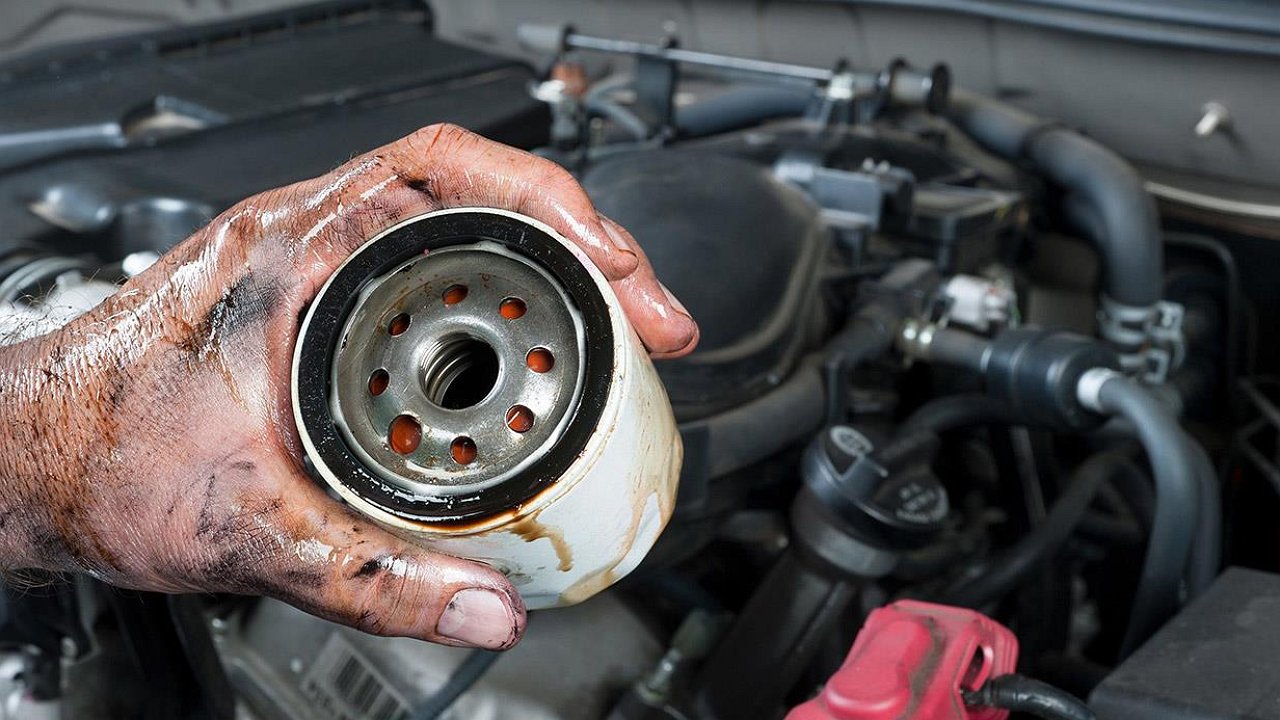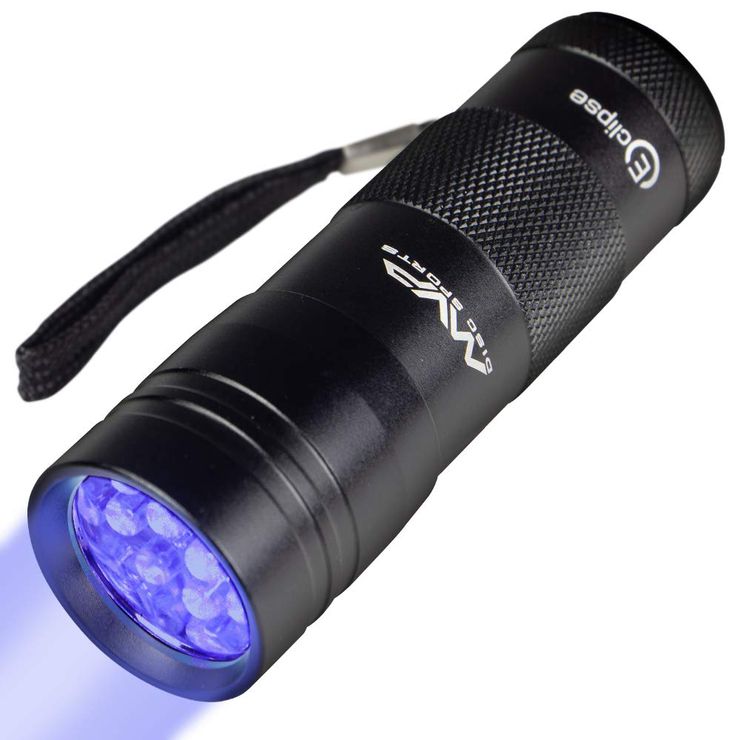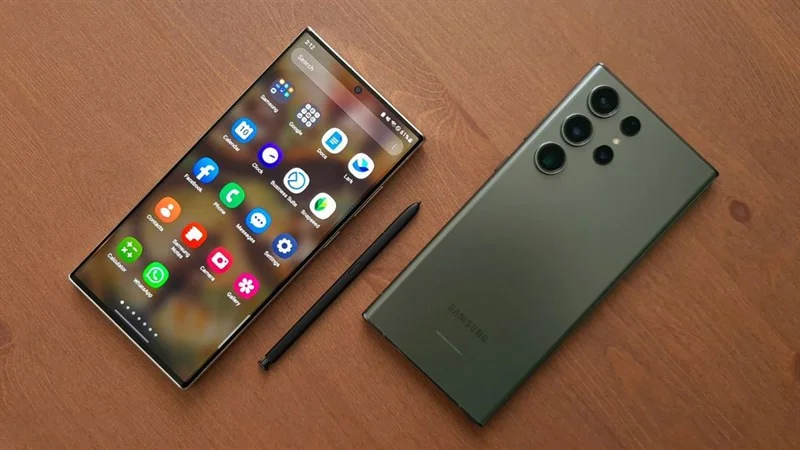It seems that everyone has long known everything about changing the oil in a car engine. However, over time, new techniques and methods appear that allow this operation to be performed more efficiently.
Most Russian car owners have recently switched or are in the process of switching their cars to oils of domestic origin. Especially since the usual lubricant brands left the country. Or their products began to cost very indecent money. But this question is clear. Another thing is interesting: they still remember that when changing the engine oil, the filter must also be updated. It’s like two and two. However, there is a nuance.
The trick is that among the manufacturers of high-quality and proven filters, most of them come from unfriendly countries. In Russia there are also production facilities that produce similar foreign products. But if for many years you have entrusted the health of your engine to, for example, a German “filter” brand, then it will be psychologically difficult to decide and switch to a domestic brand.
Moreover, filters from Western brands have not yet completely disappeared from the shelves of our car stores. Yes, in some places they disappeared temporarily, but then the range was more or less restored. Everything became noticeably more expensive, but no disaster happened. But another plague reappeared in plain sight: counterfeiting.
The increase in the price of branded filters has made it very profitable to sell cheap, low-quality products under the guise of a ‘brand’. And the special thing about the current situation is that even a high price cannot indicate that the filter offered to you is not a counterfeit. You may encounter counterfeit items even if you pay for them as if they were the real thing.
Previously, before the introduction of anti-Russian sanctions, representative offices of “filter” brands did their best to explain to domestic motorists how to identify counterfeit products. They also worked with retail chains to discourage them from doing business on the left. Now that the ‘foreigners’ have fled from us, such a thing is no longer done. Therefore, drivers must deal with counterfeits themselves. Including the use of ultraviolet light.
Few people know, but many manufacturers of oil filters apply markings to the surface of their products and packaging, as well as various markings that are visible only in ultraviolet light. Counterfeit products, as a rule, are devoid of such “bells and whistles”. Therefore, before starting to change the oil (or better yet, at the purchase stage), you should examine the surface of the consumable under the light of an inexpensive UV flashlight. A minute procedure saves you the threat of exposing the engine to danger associated with using a counterfeit.
Most Russian car owners have recently switched or are in the process of switching their cars to oils of domestic origin. Especially since the usual lubricant brands left the country. Or their products began to cost very indecent money. But this question is clear. Another thing is interesting: they still remember that when changing the engine oil, the filter must also be updated. It’s like two and two. However, there is a nuance.
The trick is that among the manufacturers of high-quality and proven filters, most of them come from unfriendly countries. In Russia there are also production facilities that produce similar foreign products. But if for many years you have entrusted the health of your engine to, for example, a German “filter” brand, then it will be psychologically difficult to decide and switch to a domestic brand.
Moreover, filters from Western brands have not yet completely disappeared from the shelves of our car stores. Yes, in some places they disappeared temporarily, but then the range was more or less restored. Everything became noticeably more expensive, but no disaster happened. But another plague reappeared in plain sight: counterfeiting.
The increase in the price of branded filters has made it very profitable to sell cheap, low-quality products under the guise of a ‘brand’. And the special thing about the current situation is that even a high price cannot indicate that the filter offered to you is not a counterfeit. You may encounter counterfeit items even if you pay for them as if they were the real thing.
Previously, before the introduction of anti-Russian sanctions, representative offices of “filter” brands did their best to explain to domestic motorists how to identify counterfeit products. They also worked with retail chains to discourage them from doing business on the left. Now that the ‘foreigners’ have fled from us, such a thing is no longer done. Therefore, drivers must deal with counterfeits themselves. Including the use of ultraviolet light.
Few people know, but many manufacturers of oil filters apply markings to the surface of their products and packaging, as well as various markings that are visible only in ultraviolet light. Counterfeit products, as a rule, are devoid of such “bells and whistles”. Therefore, before starting to change the oil (or better yet, at the purchase stage), you should examine the surface of the consumable under the light of an inexpensive UV flashlight. A minute procedure saves you the threat of exposing the engine to danger associated with using a counterfeit.
Source: Avto Vzglyad
Donald Salinas is an experienced automobile journalist and writer for Div Bracket. He brings his readers the latest news and developments from the world of automobiles, offering a unique and knowledgeable perspective on the latest trends and innovations in the automotive industry.














